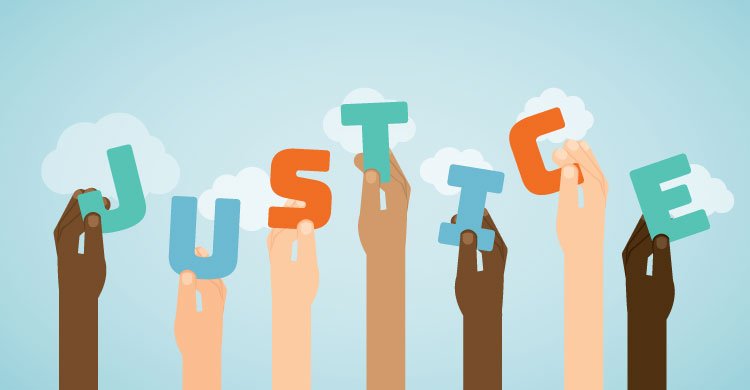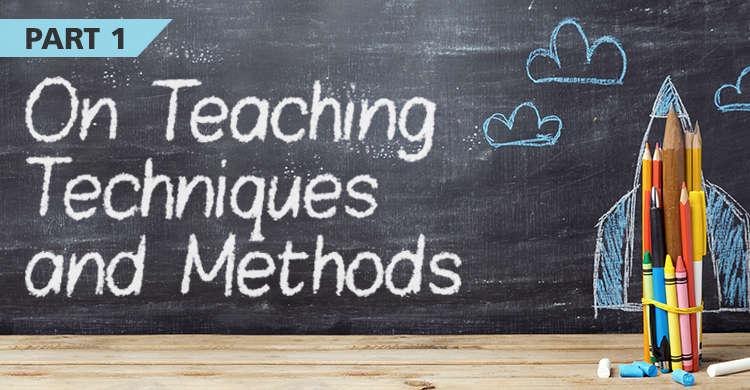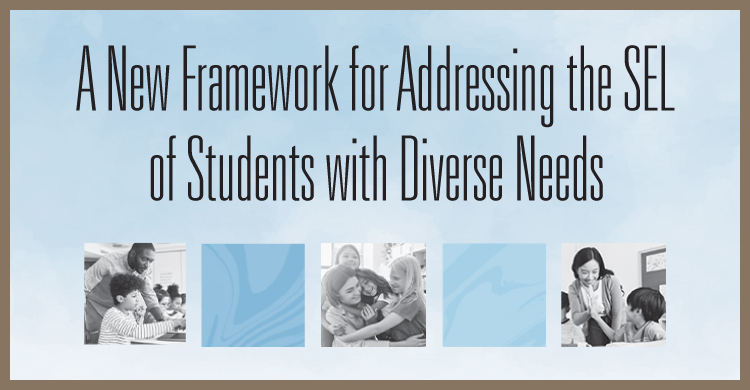After the white supremacist riots in Charlottesville last summer, many of us felt moved to act. We tweeted with the #CharlottesvilleCurriculum hashtag, shared articles and resource lists, and liked each other’s posts on Facebook. We knew that white supremacist thinking and action thrive under white complacency, and that if we continue to teach the same stuff the same way, we can only expect the same result. It seemed we were in a moment of renewed commitment to racial justice in our classrooms.
How about now? Now that the school year has started, are we putting our racial justice values into action, or are we back to covering content and meeting benchmarks? Are we using the Charlottesville curriculum resources, or have we set them aside, promising ourselves we’ll return to them at some point, because our curriculum is too prescribed and tightly packed for us to stick in content we’re not required or allowed to teach?
Do we have to choose between teaching the material we’re expected to teach and teaching for racial justice? Does this have to be an either/or proposition? Can we teach our content and skills such that they serve racial justice?
Try this experiment: write down the title of your next unit. The American Revolution. Fractions. The Catcher in the Rye. The Water Cycle. Portraiture.
Now try adding the words “Racial Justice and” to the beginning.
- Racial Justice and the American Revolution
- Racial Justice and Fractions
- Racial Justice and The Catcher in the Rye
- Racial Justice and the Water Cycle
- Racial Justice and Portraiture
What does this new unit title tell you about how to design your lessons? If your unit is called “Racial Justice and the Water Cycle,” what topics will you emphasize or add? What projects will your students do? What kinds of learning experiences will you create? Will your students raise their hands one at a time and listen to you, or will they talk to each other without you mediating? Will they only have discussions, or will they also do experiments, make art, and write letters? Will they answer your questions or ask their own? If your unit is called “Racial Justice and the Water Cycle,” what books, articles, poems, datasets, images, and videos could you put into conversation with your traditional curricular materials? How could you analyze those materials for bias? Who could come speak to your students, or where could they go on field trips in order to learn? Who in your students’ families or communities could become important sources of information and help?
How does your unit change if you decide its functions are to build awareness of injustice, promote perspective-taking, and inspire anti-racist action?
None of this is to say that we should only teach our same old content. We should explicitly teach about racial history, white nationalist hatred, and resistance movements—emphasizing the voices of people of color, indigenous populations, women, LGBTQ communities, people with disabilities, immigrants, Jews, Muslims, and others marginalized in our white-centric curriculum.
And also, we can think about how to frame all content—reading, writing, math, science, engineering, history, language, PE, art, music, health, vocational training—so that it explicitly serves anti-bias and pro-justice functions. We can start small, by reading one article, watching one video, having one discussion, or doing one writing response. And we can keep asking, “How will learning about ____ help my students act for racial justice?”
If all of this sounds a little too “agenda-driven,” ask yourself if that thought is helpful. Isn’t all education agenda-driven? Avoiding a racial justice agenda means maintaining the racist status quo. Isn’t that an agenda too?
Still, if you do teach for racial justice, you might have some uncomfortable thoughts:
- What if I say the wrong thing?
- What if I don’t know an answer?
- What if a student says something provocative and I don’t know how to respond?
- What if parents get angry?
- What if my administrator doesn’t support me?
- This is too political.
Thoughts like these, as well as uncomfortable emotions like anxiety and guilt, and even uncomfortable physical sensations like sweating and neck cramps and stomachaches—all of these are normal when we do something new, difficult, and risky. Our threat systems start working, the same ones we evolved to tell us to avoid bears and poisonous snakes and rough terrain.
This is rough terrain. Yes, it’s uncomfortable. But, fellow teachers, what is the cost of our comfort?







